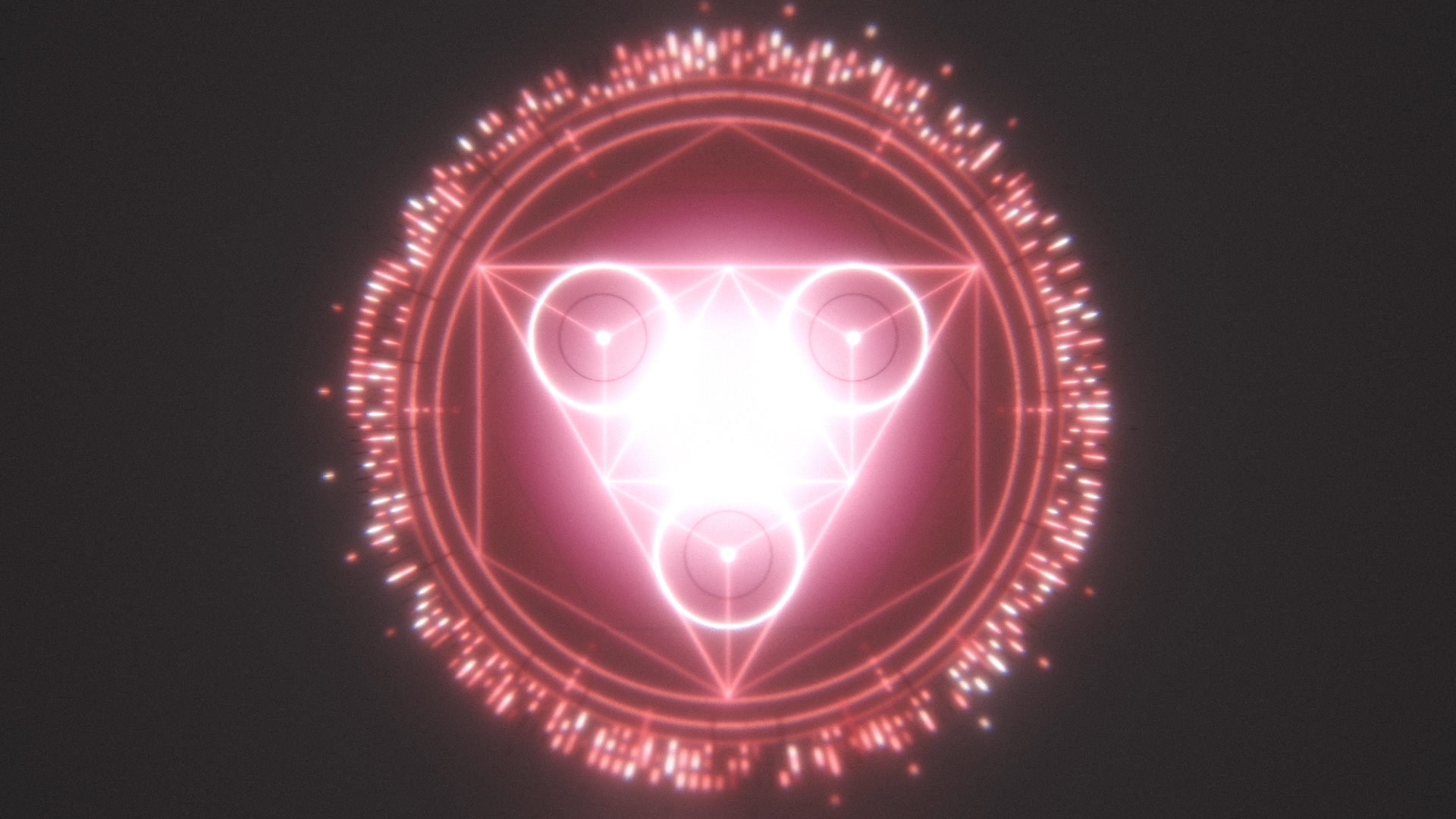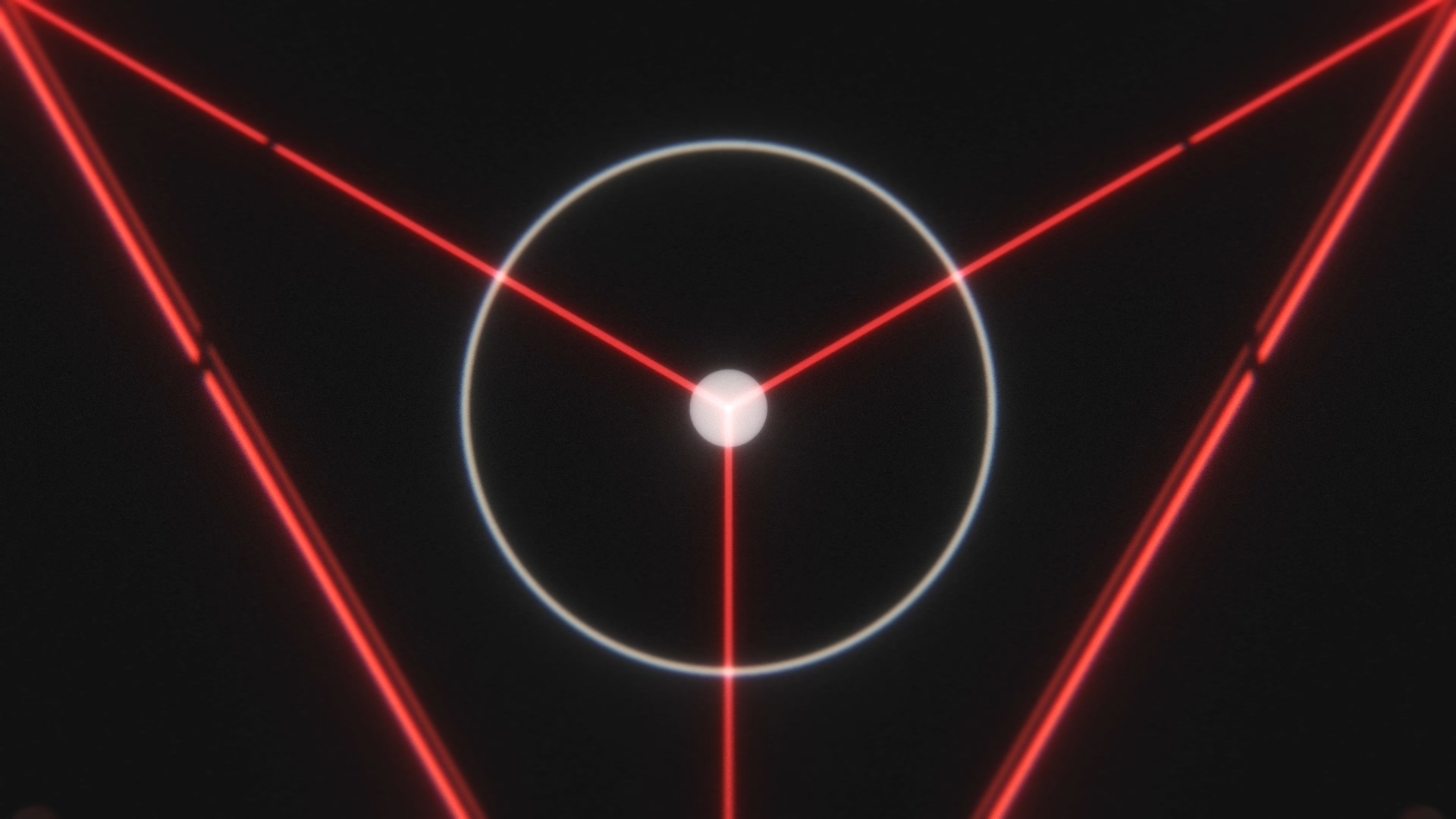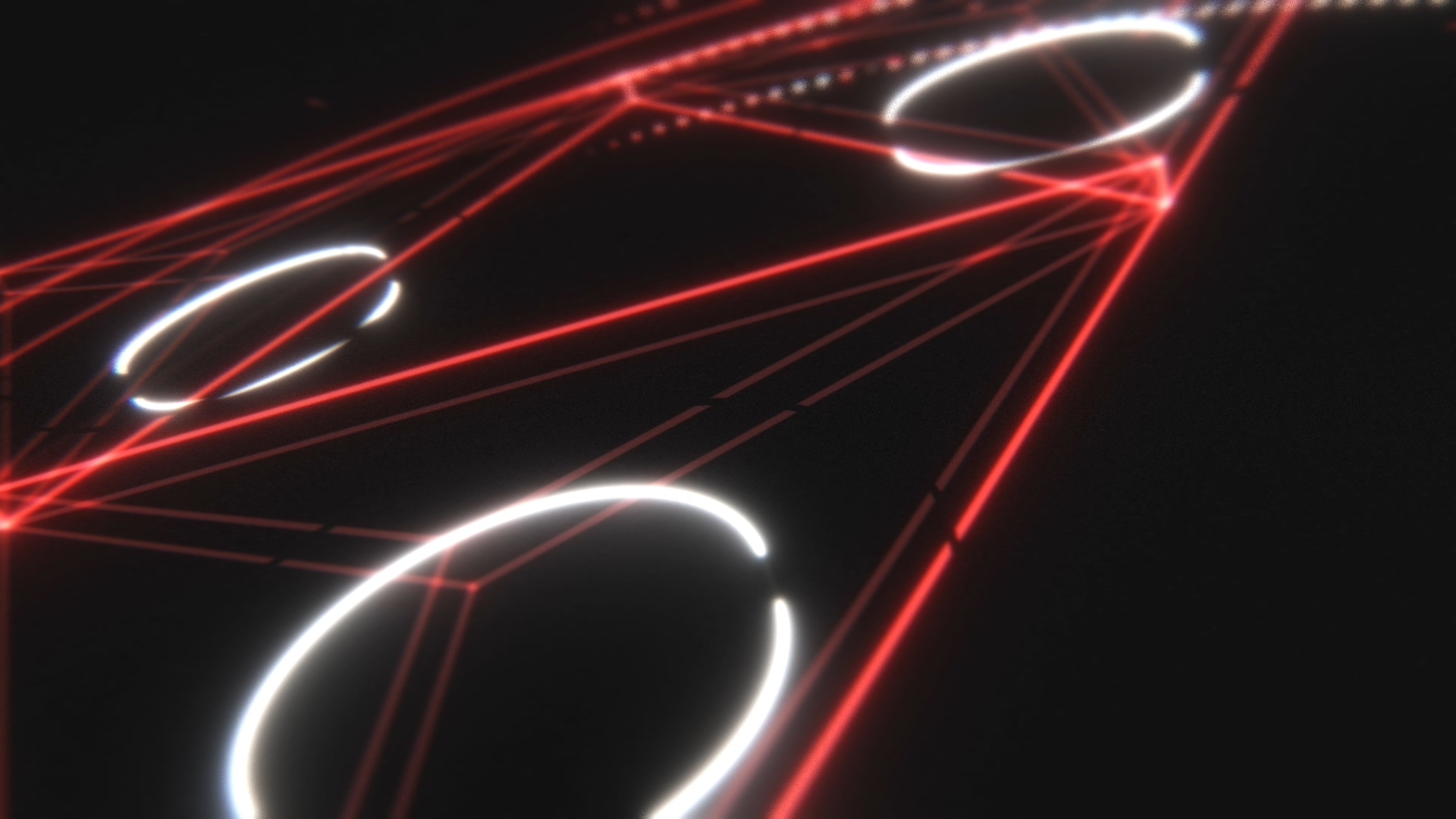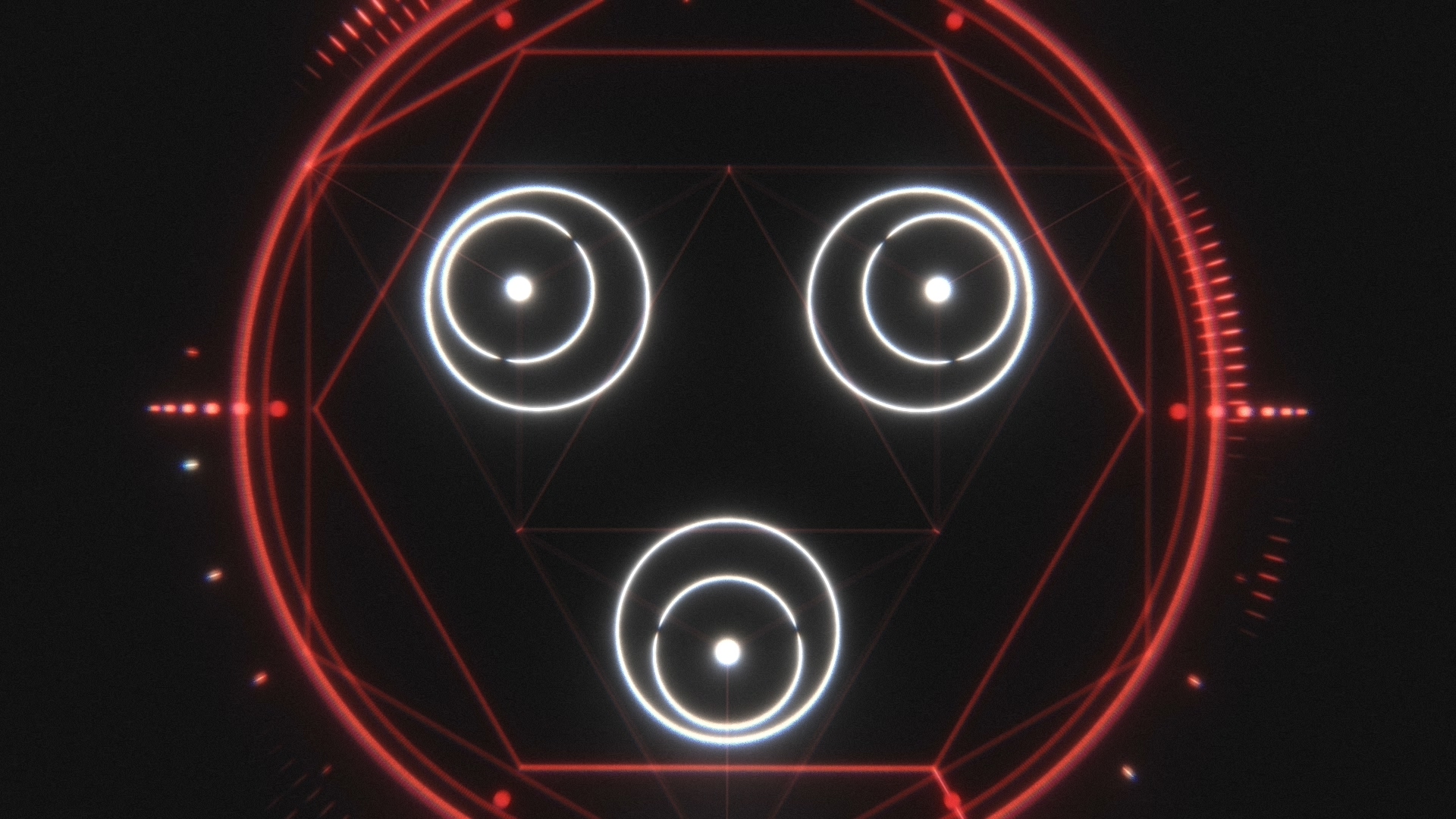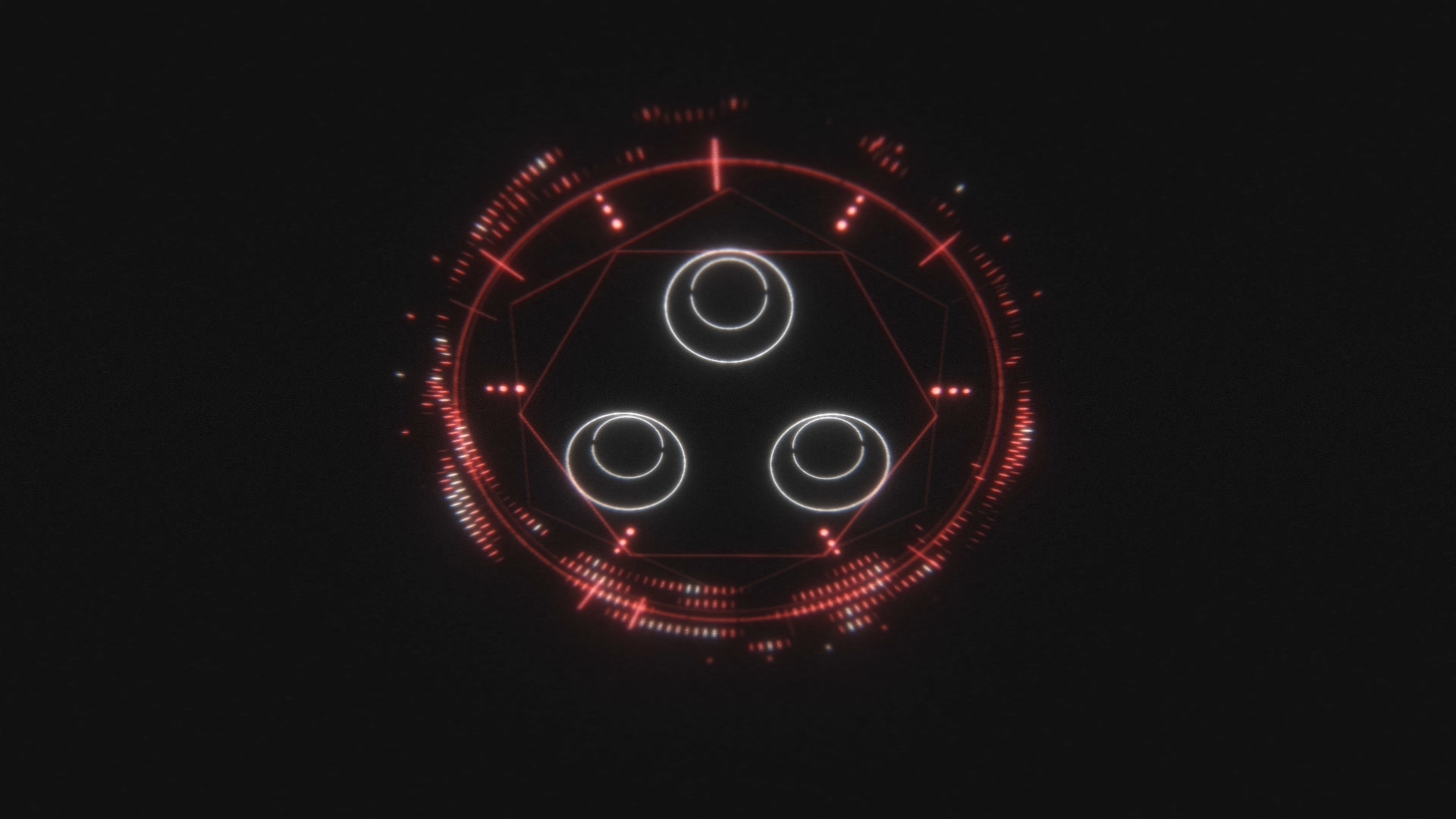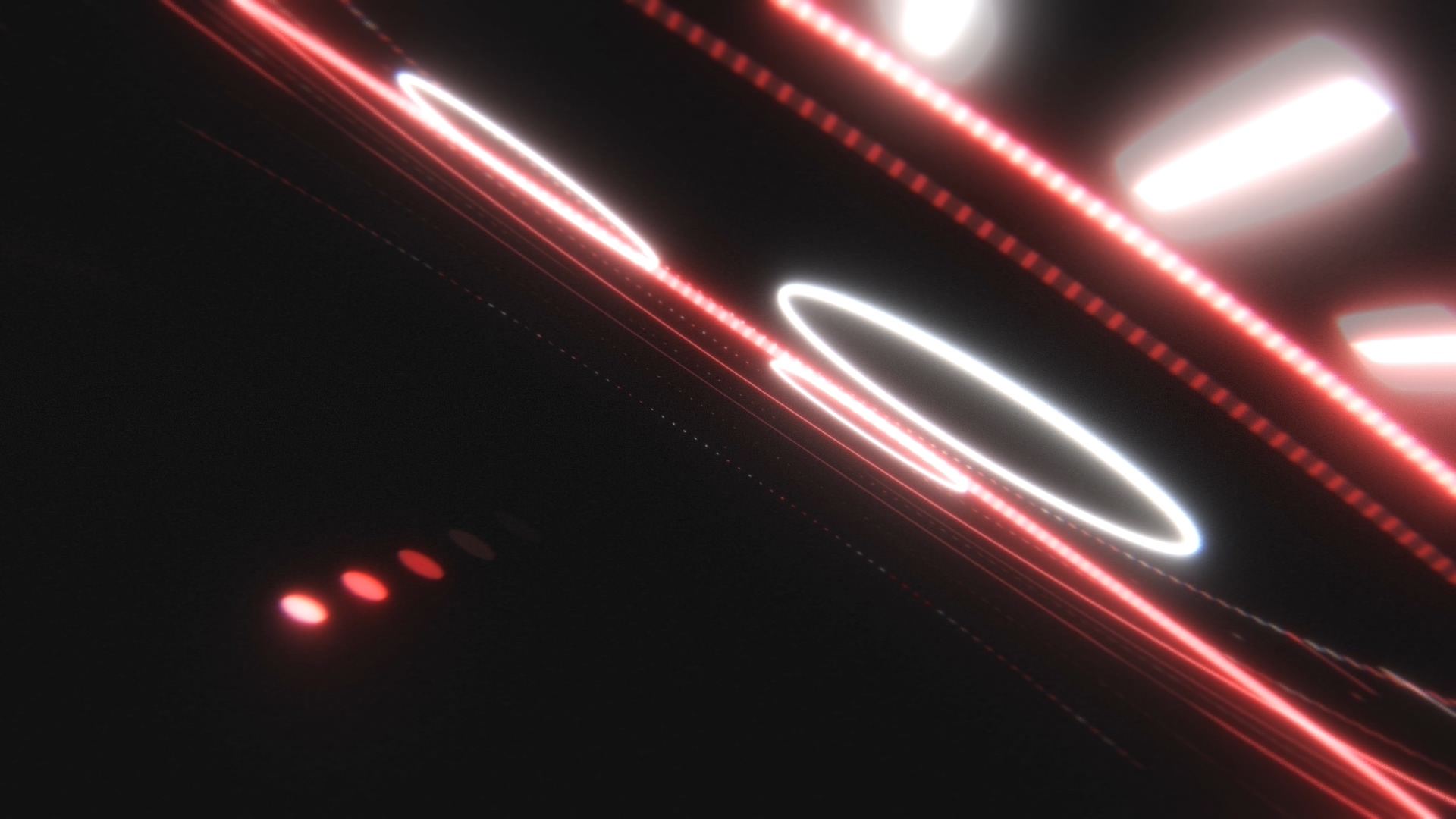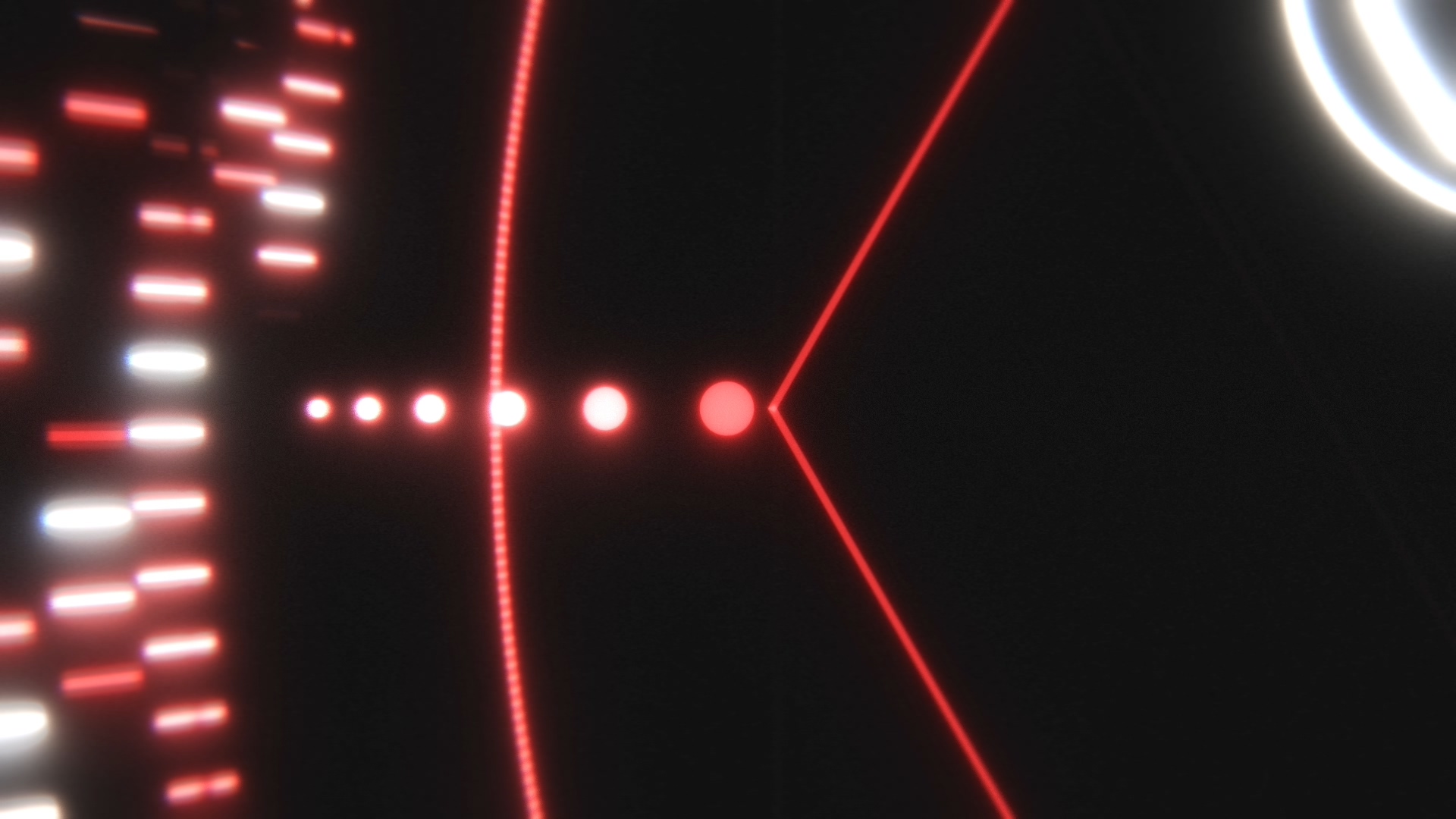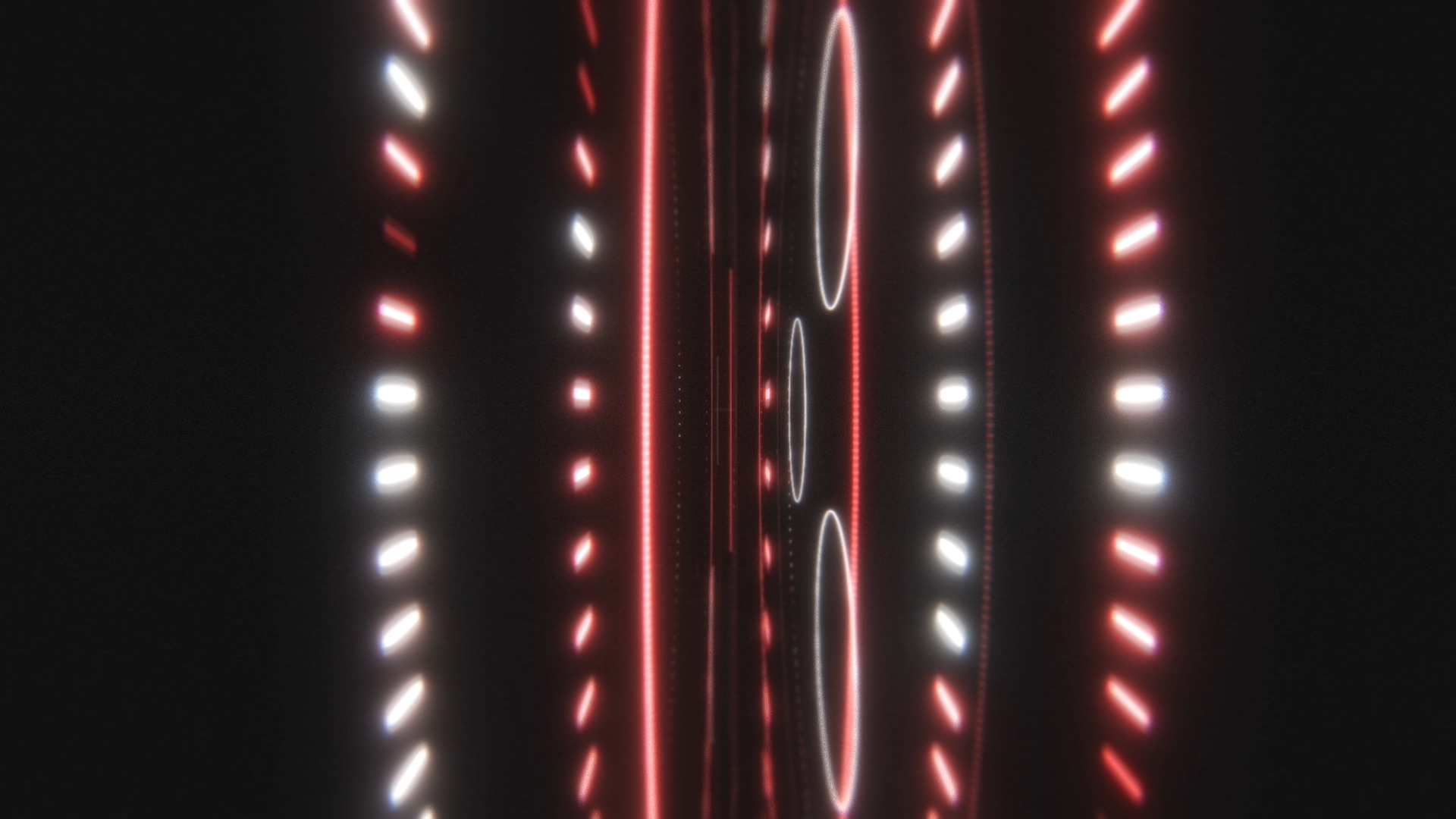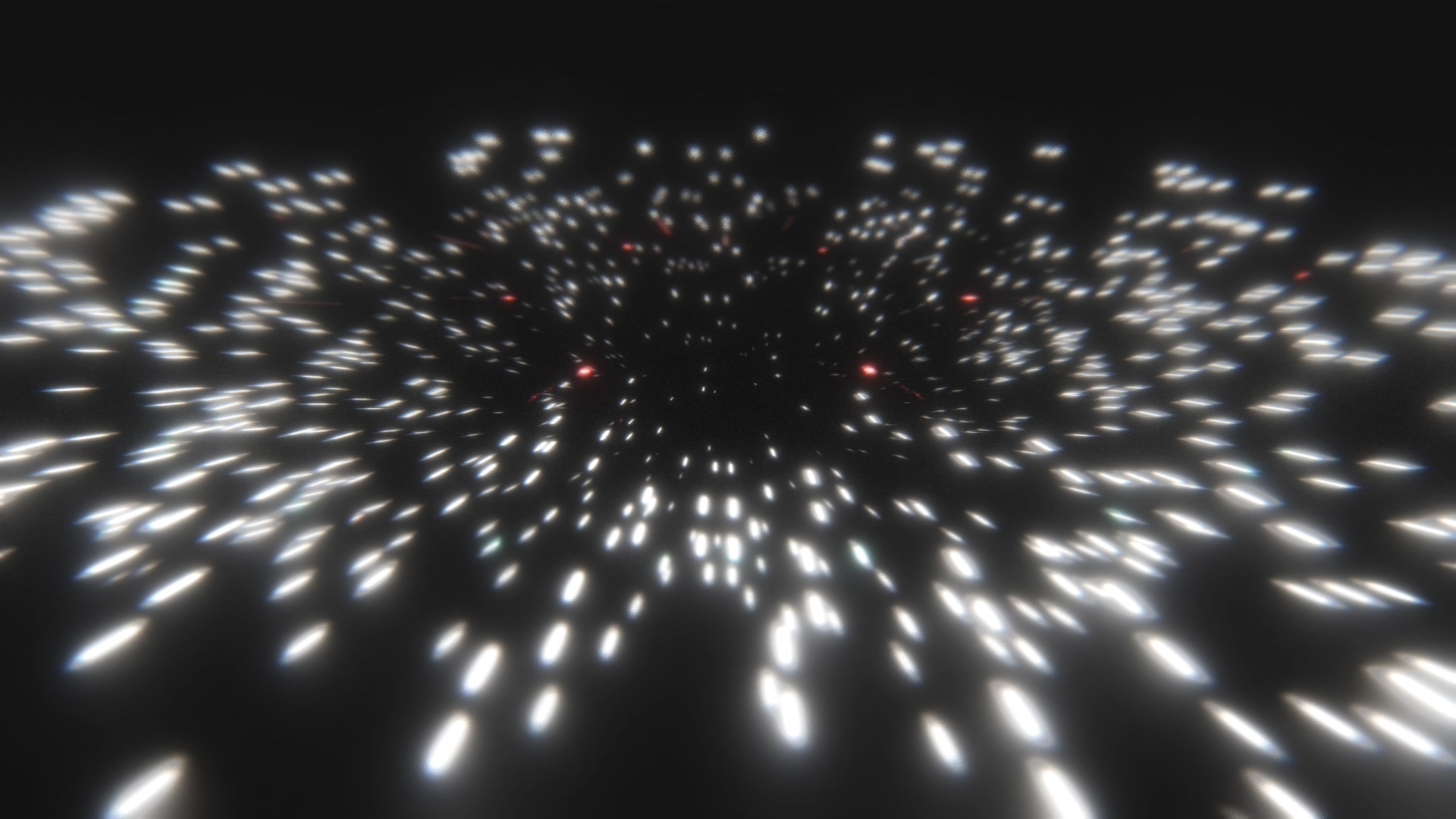ExploRED
An exploration into motion graphics principles and sound design via HUD graphics.
Everything is made entirely from Notch's internal Shape 3D primitives, cloners, effectors, and modifiers - no outside geometry or assets of any kind were used other than audio samples for sound design.
Simple Shapes
All the shapes and geometry were generated using the internal 3D shape primitives in combination with interesting sets of cloner systems. For example, triangles can be easily made by creating a cylinder with only 3 subdivisions along the circle face. Similarly, the hexagons are cylinders with only 6 subdivisions along the circle face.
In some cases, I used cloners within cloners to easily multiply the complexity by an exponential degree. This also saved a great amount of effort in iteration and animation due to the procedural nature of the system. By combining different types of effectors, the cloner systems could be easily varied and animated with color, size, position, and number of objects.
The Power of Math
Math Modifiers were used to create Perlin noise functions to drive some slow drift and create depth from the flat layout. Continuous modifiers were used to animate slow spinning of various elements around the circle. Delay modifiers driving Randomize Effectors and Turbulence Effectors created the staggering of animation for the intro / outro using a single set of keyframes. The slowly increasing flickering rate was controlled by a Math Modifier driving Colour Ramp effectors.
In essence, the whole system was designed for easy adjustments for creating iterations, and intended to be animated by as few keyframes as possible.
Sound Design
The last bit of the formula that was essential is sound design. I have never explored sound design as much as I have on this project, and spending the time / resources to create dedicated sound design can make a night and day difference. It truly produces the feeling of an immersive experience to round out any project.
A big thanks to the resources of https://freesound.org/ and https://motionsound.io/ for the samples used here.
All sound design was done post-render in Adobe Audition.
Project File (DFX)
In an effort to give back to the Notch community like the many that already do so, I have made the project file available for you below. Although attribution and donations are appreciated, it is not required.
I hope this piece helps you further your skills in making amazing motion graphics for either personal or commercial projects. All I ask is for you to continue producing, and maybe down the road to share your own project files with the community to encourage further learning and growth from all. Enjoy!
